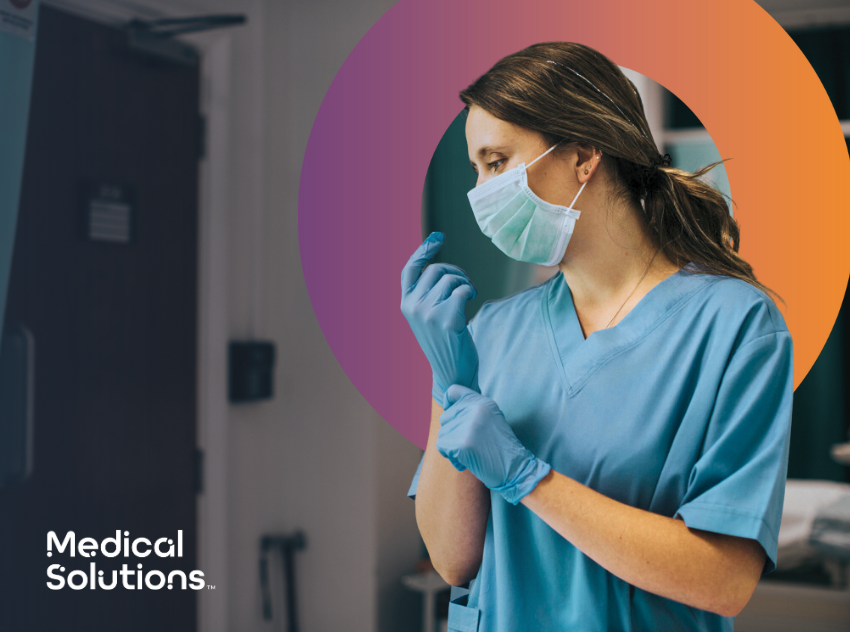Alabama
Alaska
Arizona
Arkansas
California
Colorado
Connecticut
Delaware
Florida
Georgia
Hawaii
Idaho
Illinois
Indiana
Iowa
Kansas
Kentucky
L&D RN Jobs By State
Find travel Labor & Delivery Nurse jobs nearby and in destinations all over the United States.
Everything About Labor & Delivery Nurses
Labor & Delivery Nurses are in high demand across the country.
A career in Labor & Delivery travel nursing is a great way for you to avoid nurse burnout — the job is still demanding, but the variety of locations and facilities can help keep you fresh and motivated. It’s also a great way to sharpen your skills, gain crucial experience, and improve your resume.
Labor and delivery units typically serve routine and high-risk patients who are about to give birth, giving birth, or have just given birth. To succeed working in L&D you must be very caring and compassionate, a great team player, a great communicator, and be able to guide patients and families through the joyous yet stressful time of childbirth. Empathy, decisiveness, and the ability to maintain your cool while your patients experience a highly painful, stressful time is very important to succeeding in the Labor and Delivery unit. L&D nurses and other L&D staff are called on to provide emotional and psychological support in addition to physical care.
L&D units typically include labor and delivery rooms, recovery rooms, and operating rooms. L&D nurses monitor patients continuously for contractions, check each baby’s heart rate (or monitor continuously if needed), assist with daily bathing and grooming, monitor other vitals (like temperature, blood pressure, and breathing), assist in delivery, assist in initial postpartum care, and more.
Who Works in L&D?
A wide range of healthcare professionals work in the labor and delivery unit in order to serve the needs of L&D patients. Labor and delivery unit team members can include L&D RNs, L&D techs, dieticians, nursing assistants, physicians, certified nurse midwives, physical therapists, perinatologists, neonatologists, administrative staff, and social workers/case managers.
Who’s Treated in L&D?
Routine and high-risk patients who are in the process of preparing to give birth, in labor, in surgery, in recovery, in pre-term labor, or experiencing any complications to their pregnancies. There are certainly very challenging moments for patients and families in the labor and delivery unit. But for most patients and families it’s a largely joyous occasion since new life emerges in the L&D unit and it’s the first place they’ll meet their new family members!

Quick L&D Facts
- Commonly required L&D RN education: Associate Degree in Nursing (ADN) and/or Bachelor of Science in Nursing (BSN), plus passing the National Council Licensure Examination (NCLEX)
- Commonly required L&D certifications: Advanced Cardiovascular Life Support (ACLS), Basic Life Support (BLS), Neonatal Resuscitation Program (NRP)
- Commonly preferred L&D certifications: Advanced/Intermediate Fetal Heart Monitoring (FHM), Certified Surgical Tech (CST), Neonatal Resuscitation Program (NRP), Pediatric Advanced Life Support (PALS) or Emergency Nursing Pediatric Course (ENPC), STABLE
- Commonly required experience to become a travel L&D RN: Facilities typically require a minimum of one to two years of recent, in-hospital experience in order to hire you as an L&D travel nurse. You’ll want the benefit of experience since travel nurses have to hit the ground running!
Are you a travel nurse or travel allied health professional looking for your next great career opportunity? Click here to explore L&D travel nurse and L&D travel allied health jobs!
L&D Travel Nursing Jobs Nationwide
Find Labor and Delivery Travel Nurse Opportunities Across the United States
Providing care in support of a happy, healthy pregnancy, labor, and childbirth is a very important and rewarding calling. There’s consistently high demand for Labor & Delivery nurses and other healthcare professionals to work in the labor and delivery unit — and that means there are lots of well-paying L&D travel nursing jobs in exciting locations nationwide! If you’re an L&D RN, L&D tech, or work another L&D-related role, read on to learn more and explore nationwide Labor and Delivery job opportunities for travel nurses and travel allied health professionals.
Benefits
Personalized Pay Packages
We offer competitive compensation packages to fit your needs, including a company-matching 401(k)program and/or per diem allowances.
Learn MoreInsurance Benefits
Medical Solutions L&D travel nurses are eligible for day-one, nationwide medical insurance coverage starting at just $10 per week for a single, basic policy.
Learn More24hr Customer Care
Your dedicated recruiter is there to help guide you throughout your career & Labor & Delivery travel nursing experience with Medical Solutions.
Learn MoreReimbursements
We want to make your travel nursing experience painless. That's why we will provide reimbursements on state licenses or certification fees.
Learn More